Radio Free Europe / Radio Liberty
The Photographer Who Captured The Final Years Of Tsarist Russia, Then Vanished
by Amos Chapple

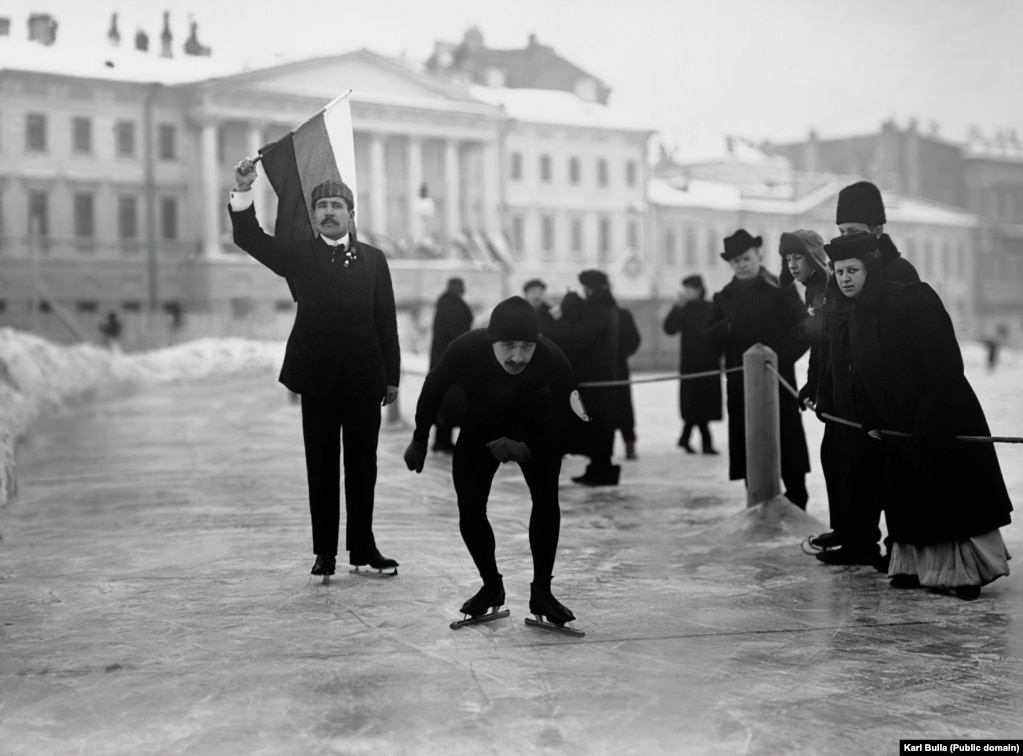
This is the work of Karl Bulla, Russia’s first “accredited” photojournalist.
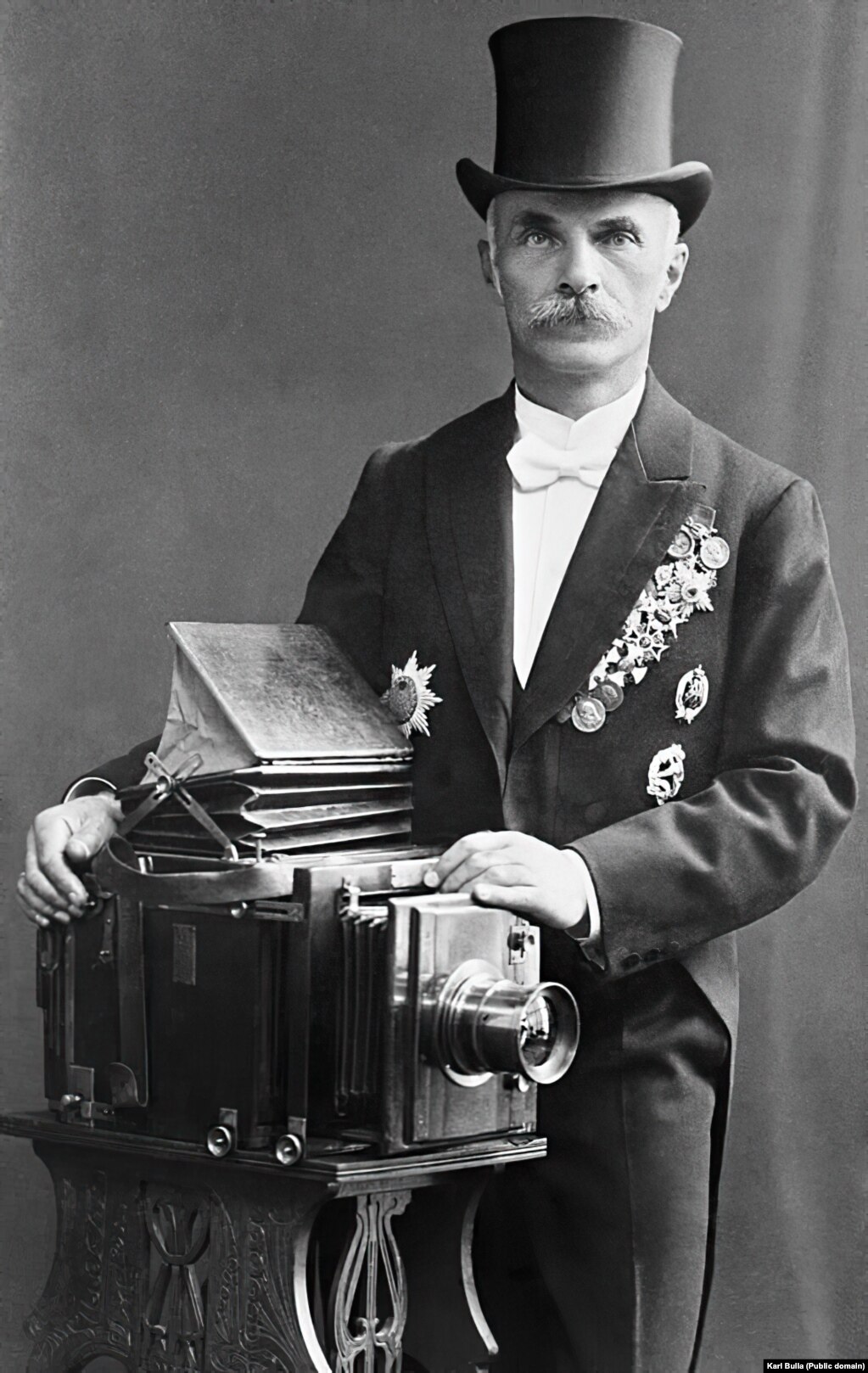
Under circumstances lost to history, Bulla made his way to St. Petersburg at the age of 11. It was relatively common then for small-town boys to head for the bright lights of the nearest city for apprenticeships, but it’s unknown why Bulla set his sights on the distant Russian capital.
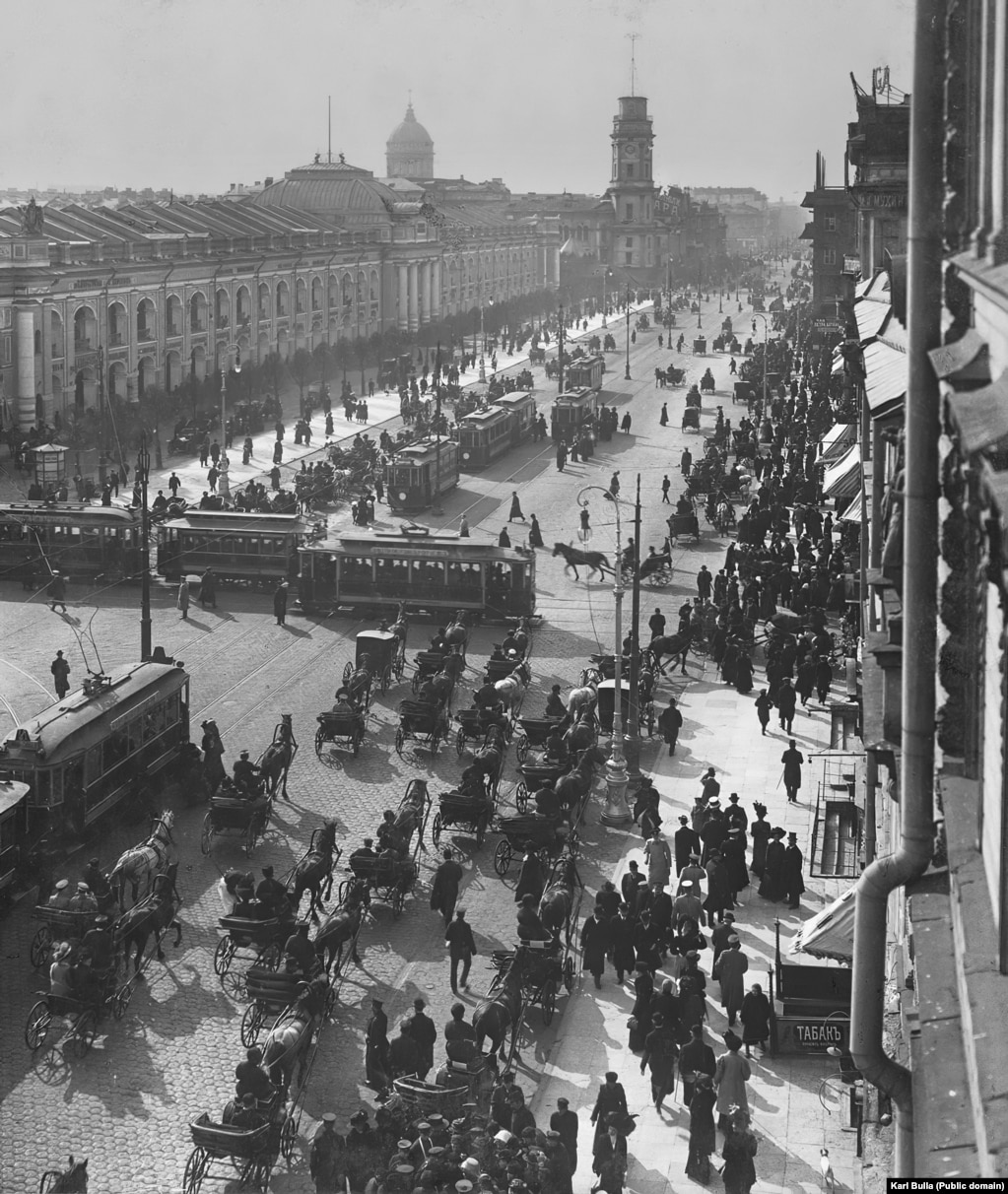
The German-speaking migrant boy began his career running errands for a St. Petersburg photo-accessory company. Soon Bulla had mastered the Russian language and the burgeoning craft of photography. In 1875, the self-taught photographer opened his own studio.
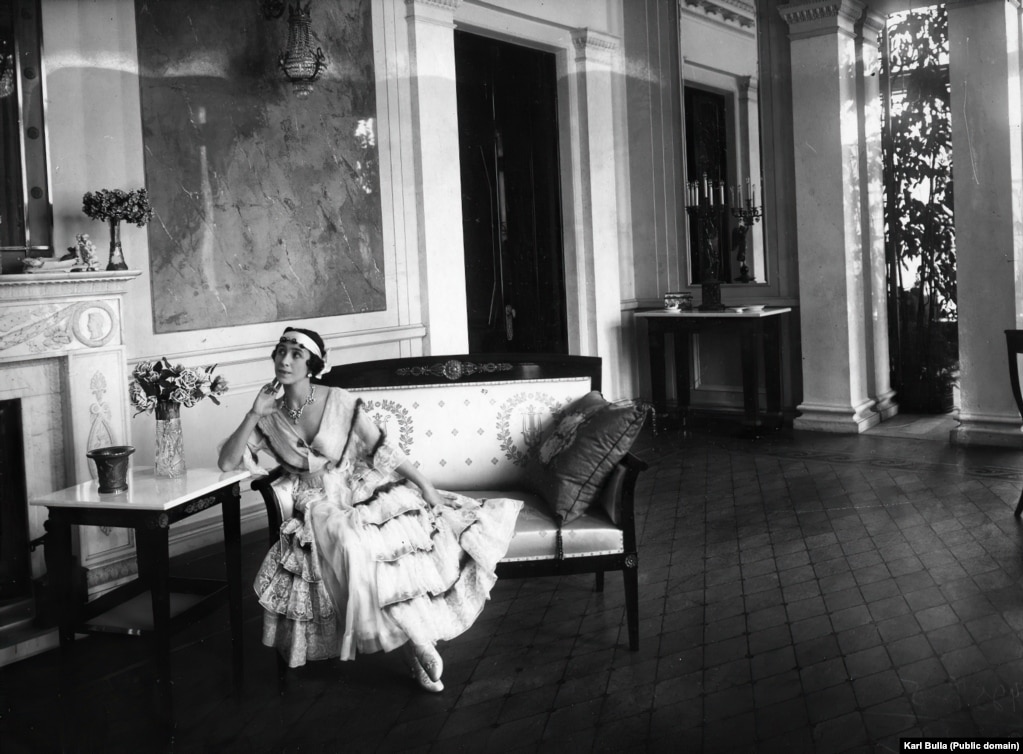
An early advertisement for his services declared Bulla, “shoots whatever is necessary, everywhere and anywhere, undeterred by outdoor or indoor location -- during the day or any kind of nighttime with artificial lighting.”
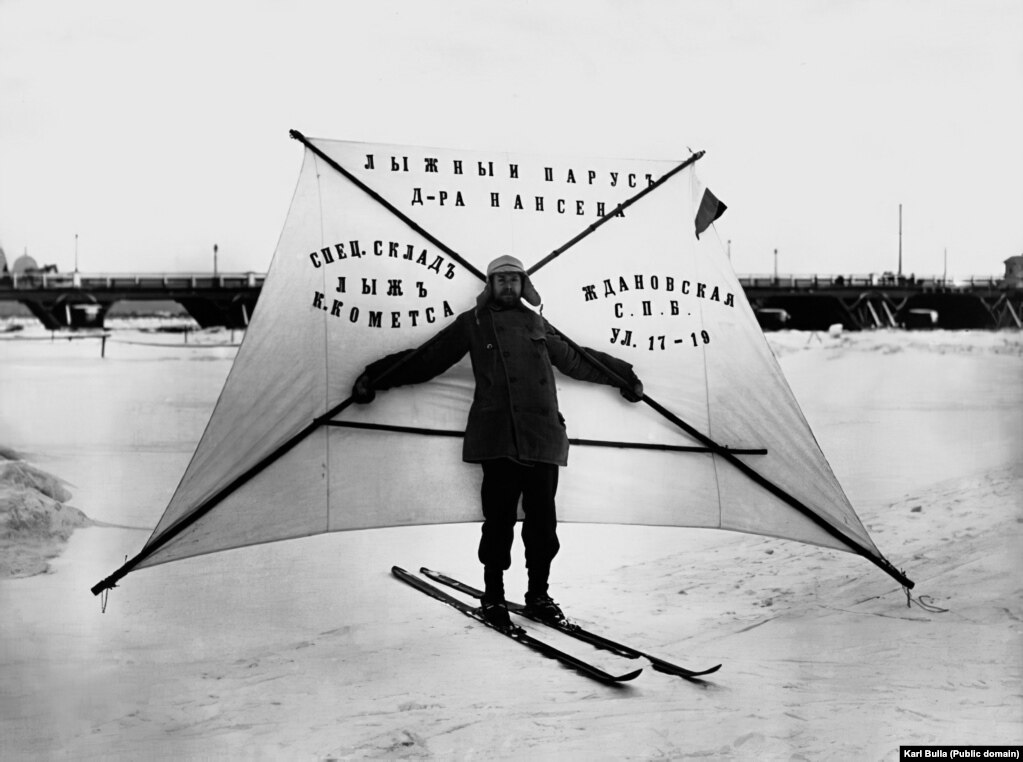
In 1886, Bulla -- already noted for his talent and intense work ethic -- received a license from the governor of St. Petersburg to “create photographic scenes of the capital and its vicinity, on the condition that no impediment is caused to the public and carriages in the course of the work.”
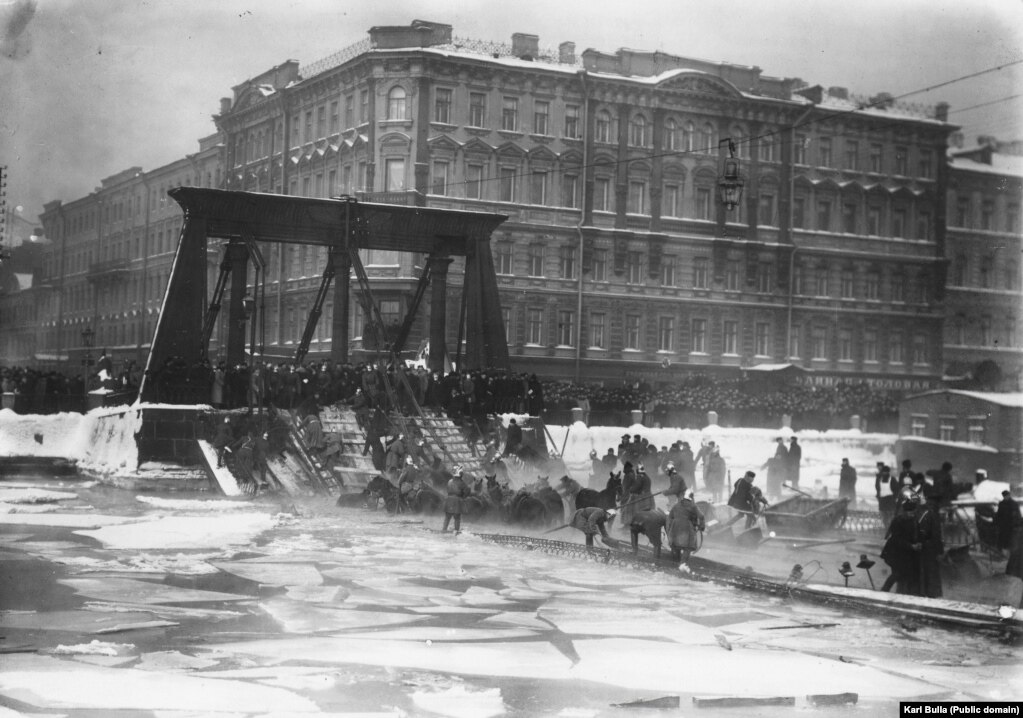
With his permit allowing him to work largely unimpeded by the authorities, Bulla became Russia’s first accredited photojournalist.

Bulla made the most of his “accreditation,” which allowed him access to high society, as well as the destitute and sometimes violent world of Russia’s underclasses.
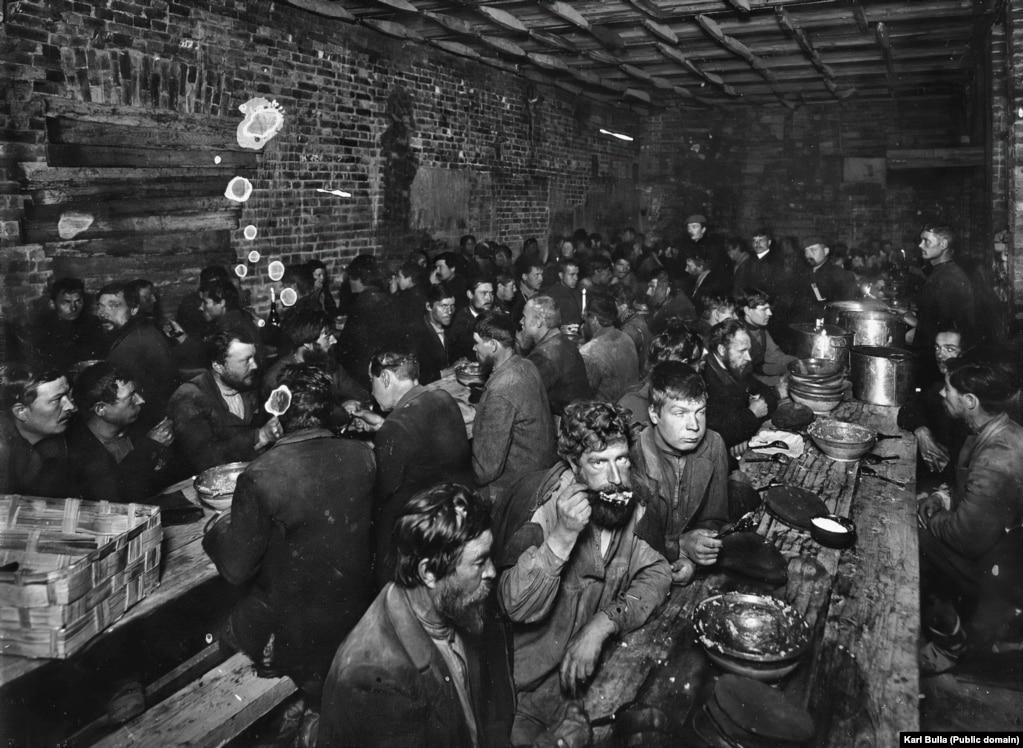
Much of Russia’s population at the turn of the century was growing restless for political change.
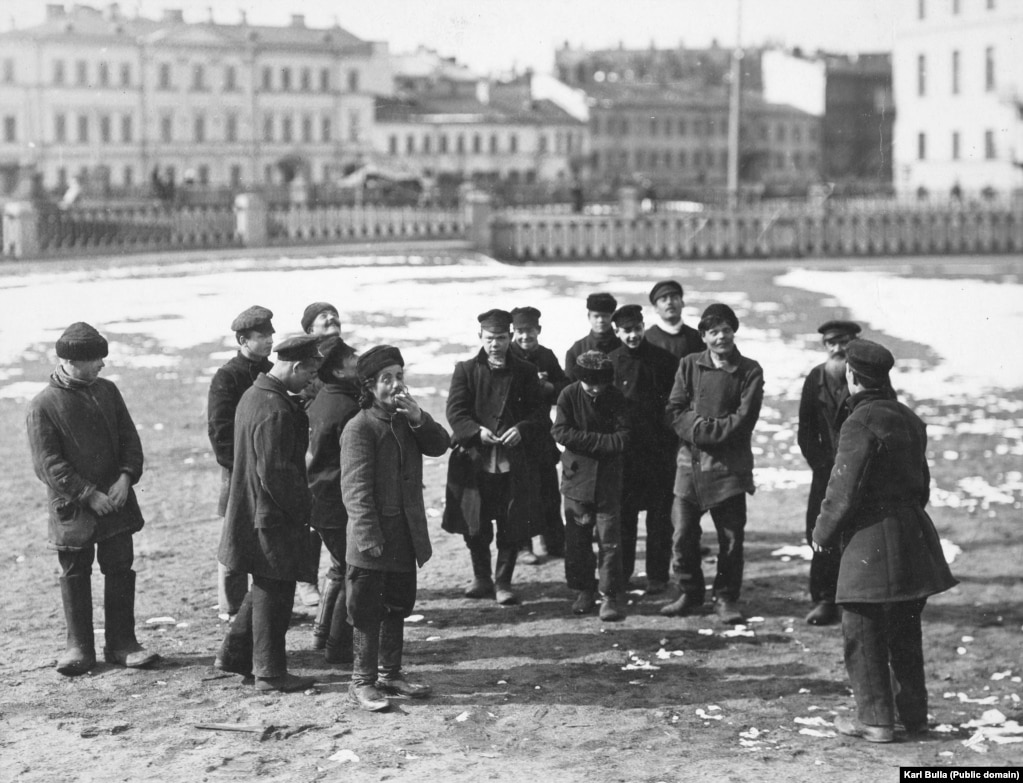

The unusually crisp images Bulla created were the result of the backpack-sized cameras he used. Unlike the film and digital sensors of today that are measured in millimeters, Bulla’s images were shot on glass plates measuring several inches across.
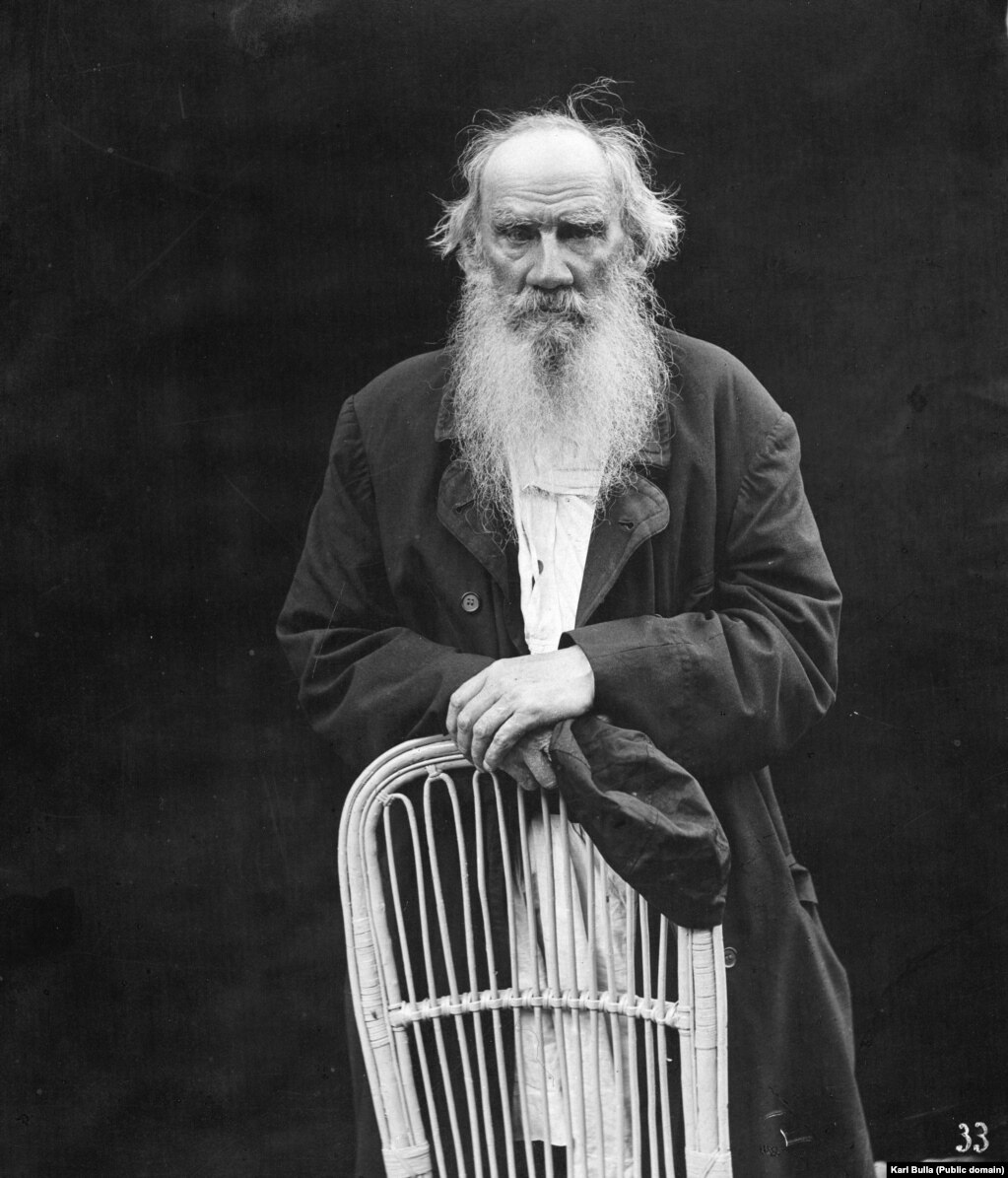

One of the only existing descriptions of the photographer describes him only as “Of somewhat short stature, thin, stooping, gray-haired, quiet.”
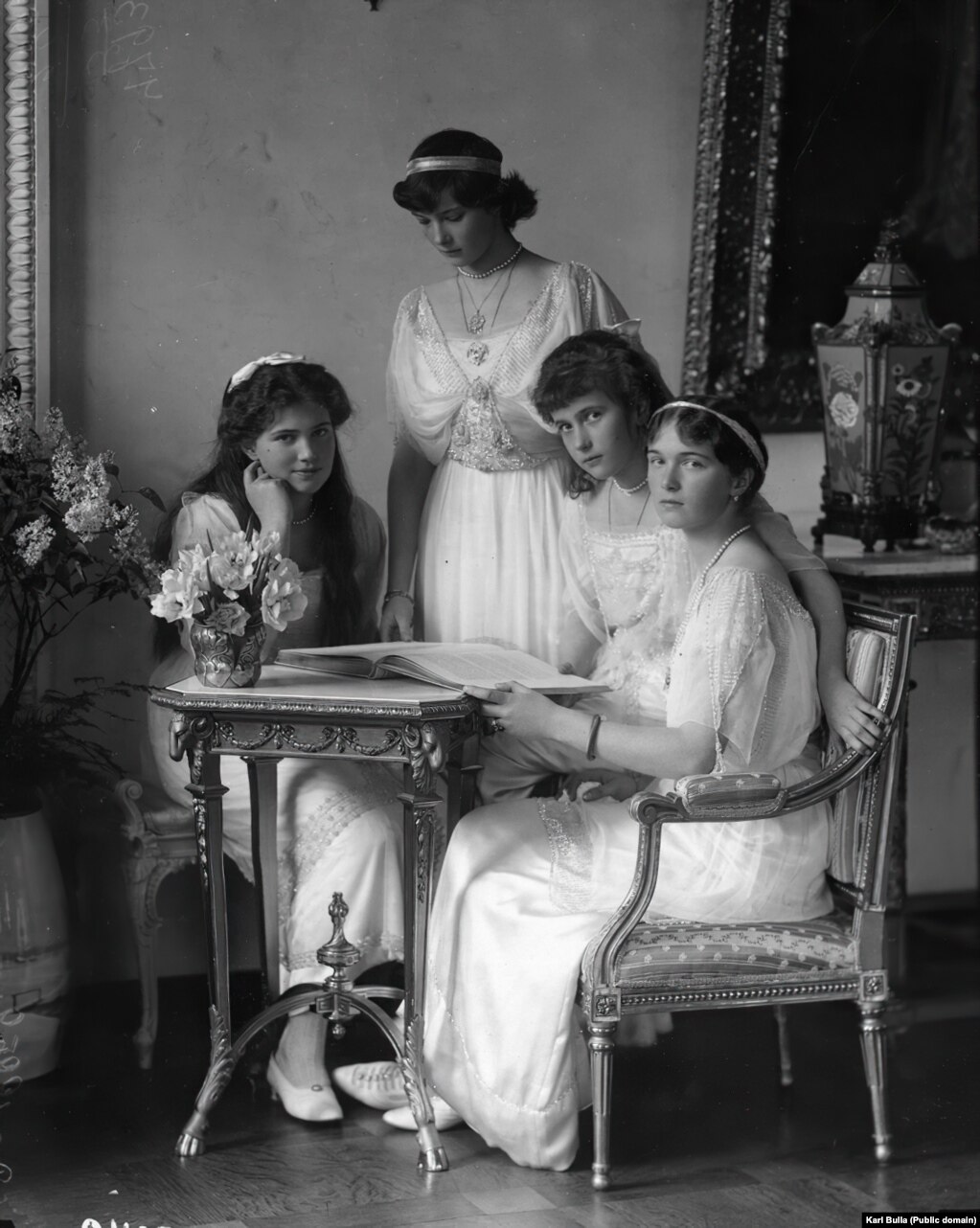
After Bulla received permission to take photographs “in the presence of his majesty the tsar,” Bulla’s career was at its peak. He was a wealthy man with endless artistic opportunities. But around 1917 he abruptly left Russia to live on Estonia’s Saaremaa Island with his newly married Estonian wife.

It’s unclear why the famous photographer abruptly packed up his life to head for an obscure island on the Baltic Sea. Some historians have speculated that the increasing hostility towards Germany amid World War I was wearing on the native German speaker. Another theory, that Bulla may have led a secret life in St. Petersburg’s gay scene, has been hinted at by Western media.
But a book published by a Russian historical organization claims Bulla left Russia with the intention of returning, but events in Russia made that virtually impossible.
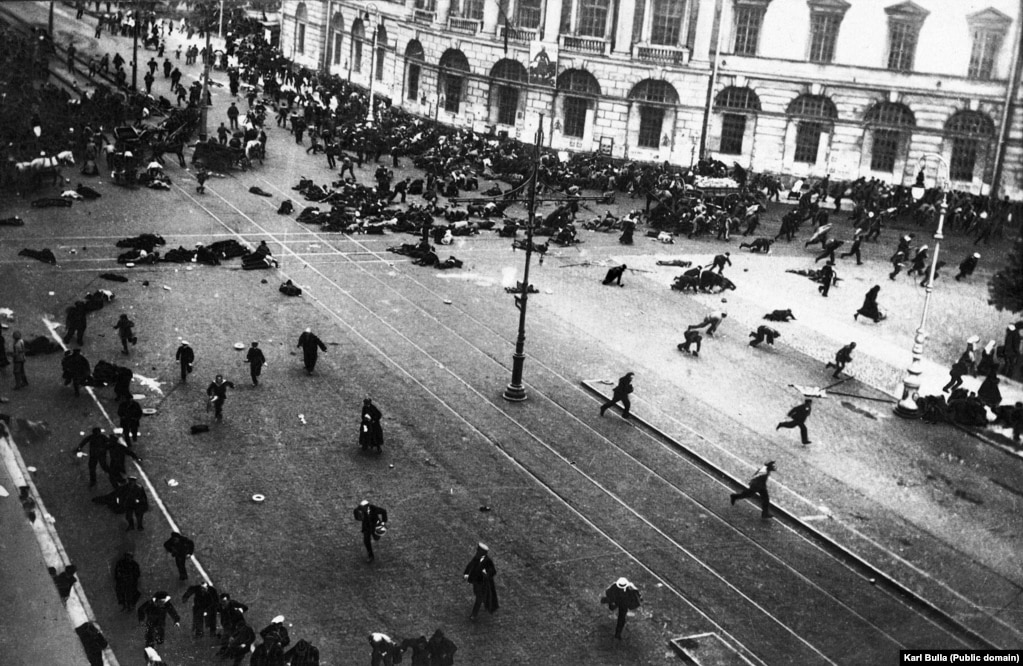
Whatever the reason for his departure, Bulla’s timing was fortuitous. After the 1917 revolution the tsar was overthrown, the country’s capital city was thrown into months of chaos, and a ruthless new brand of rulers -- the communists -- seized power. Bulla’s links to high society as well as his personal wealth would have made him an obvious target in the new Russia.
Bulla died in effective exile on Saaremaa in 1929.

Bulla’s sons -- Aleksandr and Viktor -- both skilled photographers in their own right, documented the rise of revolutionary socialism in their country but soon fell under suspicion for their upper-class links and Germanic background. Shortly before World War II broke out, Viktor was executed by the communist authorities while Aleksandr was sent to a labor camp and died soon after his return.
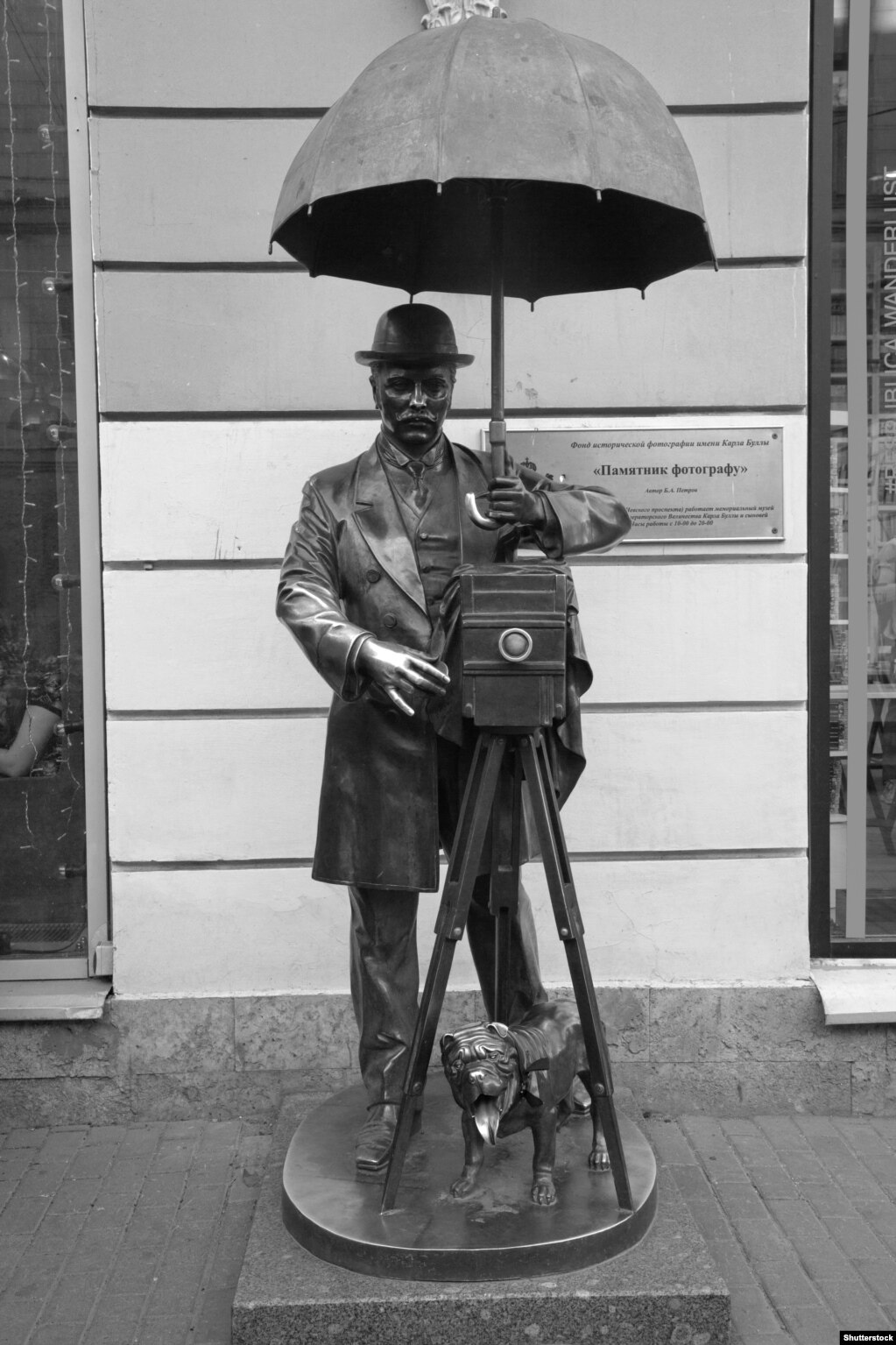


Amos Chapple
Amos Chapple is a New Zealand-born photographer and picture researcher with a particular interest in the former U.S.S.R.